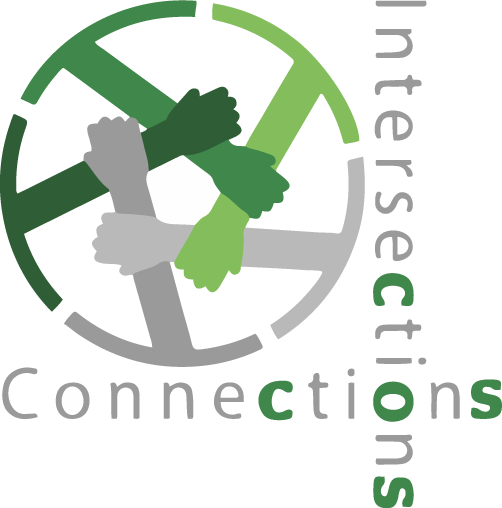Urban Birds related to habitat, population density, and socioeconomics in Cambridge
Abstract
This study aimed to determine what correlations, if any, exist between abundance & species diversity of birds, and socioeconomic metrics, population density, and vegetation variables, in order to determine how human urban development and populations affect bird populations and vice versa. Analyses of breeding birds at 31 locations in Cambridge MA revealed significant associations between the numbers of resident and migrant species and individuals and tree canopy cover, impervious surface cover, the ratio of canopy to impervious surface, and human population density. No significant correlations occurred between income and bird diversity, likely due to the compact, densified nature of Cambridge. Five wooded areas in the western part of the city had the majority of bird species. Most sites were dominated by a few common species, especially House Sparrows (Passer domesticus, >50% individuals citywide). Mature residential areas and forested urban areas are of great importance to urban bird diversity, and continuous monitoring is necessary to mitigate the negative impacts of lot and block scale urban development on birds. Despite high bird diversity in key areas and well-distributed recreational open space in Cambridge, the potential daily exposure of the bulk of Cambridge’s human residents to bird diversity is generally limited, leading to “green inequity”. Given the benefits of nature, urban planning and design should strive to scale regional bird diversity as a basic need of citizens.
Start Date
27-3-2019 12:00 PM
End Date
27-3-2019 12:50 PM
Room Number
U-Hall Atrium
Presentation Type
Poster
Disciplines
Animals | Biodiversity | Biology | Demography, Population, and Ecology | Geographic Information Sciences | Income Distribution | Inequality and Stratification | Population Biology | Urban Studies | Urban Studies and Planning
Creative Commons License

This work is licensed under a Creative Commons Attribution-Noncommercial-No Derivative Works 4.0 License.
Urban Birds related to habitat, population density, and socioeconomics in Cambridge
This study aimed to determine what correlations, if any, exist between abundance & species diversity of birds, and socioeconomic metrics, population density, and vegetation variables, in order to determine how human urban development and populations affect bird populations and vice versa. Analyses of breeding birds at 31 locations in Cambridge MA revealed significant associations between the numbers of resident and migrant species and individuals and tree canopy cover, impervious surface cover, the ratio of canopy to impervious surface, and human population density. No significant correlations occurred between income and bird diversity, likely due to the compact, densified nature of Cambridge. Five wooded areas in the western part of the city had the majority of bird species. Most sites were dominated by a few common species, especially House Sparrows (Passer domesticus, >50% individuals citywide). Mature residential areas and forested urban areas are of great importance to urban bird diversity, and continuous monitoring is necessary to mitigate the negative impacts of lot and block scale urban development on birds. Despite high bird diversity in key areas and well-distributed recreational open space in Cambridge, the potential daily exposure of the bulk of Cambridge’s human residents to bird diversity is generally limited, leading to “green inequity”. Given the benefits of nature, urban planning and design should strive to scale regional bird diversity as a basic need of citizens.



